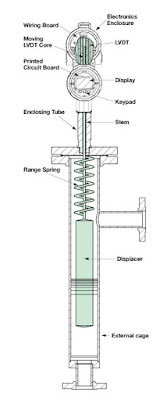 |
| Pressure limiting valve provides gauge or transmitter protection from spikes Courtesy Mid-West Instruments |
Mid-West Instruments manufactures a line of pressure limiting valves specifically intended for use with pressure gauges and transmitters. The Model 200 pressure limiting valve prevents instrument over-range and has an adjustable needle valve to dampen pulsation. The valve and be used with all types of instruments and pressure gauges, is suitable for mounting in any position, and is available in a range of materials for body and seals.
The document below provides more product detail, as well as installation and setup instructions. Providing a useful measure of protection for pressure gauges and transmitters is a simple operation. Reach out to product application specialists for help in formulating effective solutions.




